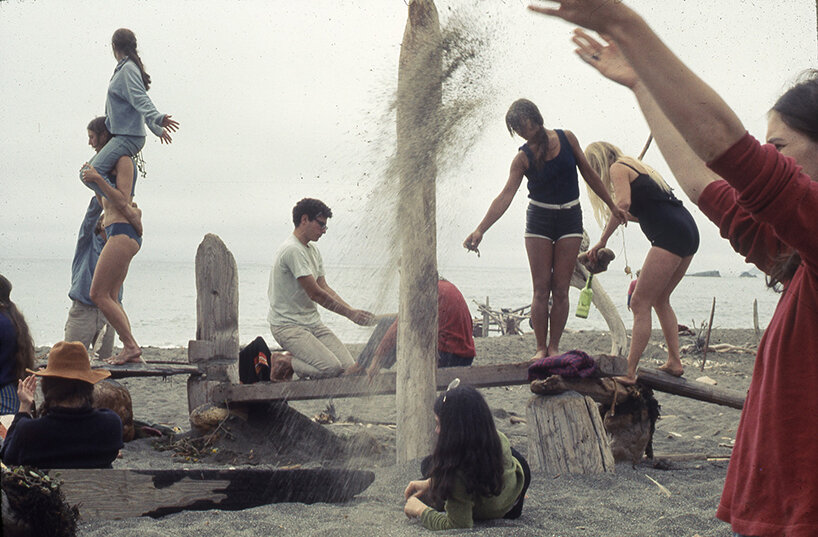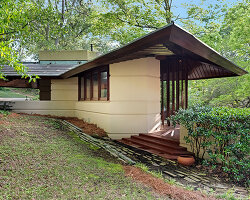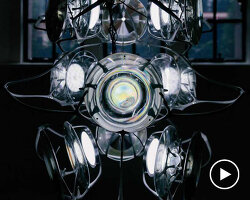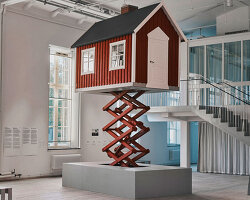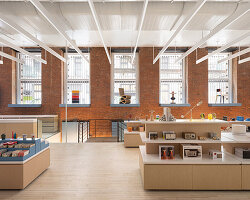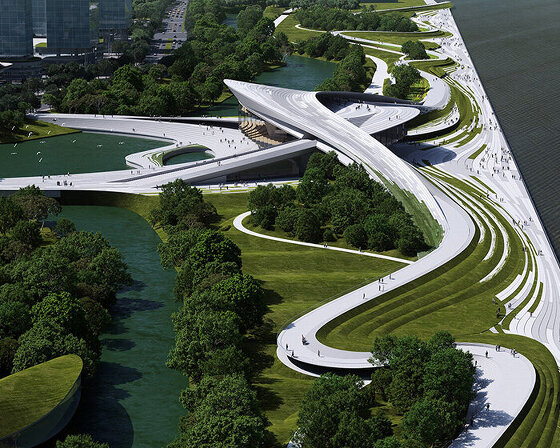
celebrating ACROS Center’s 25th anniversary | image courtesy Emilio Ambasz & Associates

unknown artist, The Climatron in winter–Shaw’s Garden–Saint Louis (c. 1960) | postcard, 10.2 × 20.3 cm | © The Missouri Botanical Garden Archives

Eugene Tssui (1954) Venturus | wind-generated dwelling for Mr. and Mrs. Peter Cook, Victoria, BC, Canada (1982) | elevation and section through entrance tunnel | watercolor, prismacolor pencil, pastel chalk, and colored ink on paper, 53.3 × 81.3 cm | © Collection Eugene Tssui
KEEP UP WITH OUR DAILY AND WEEKLY NEWSLETTERS
the founders of amateur architecture studio have been appointed curators of the 20th international architecture exhibition, opening may 8th, 2027.
connections: 12
the project sits like a ring placed over the terrain, with its funnel-like roof forming a shaded perimeter walkway and an introverted core.
'this building says to the world, harlem matters. black art matters. black institutions matter,' raymond j. mcguire, chairman of the board of trustees, said during the museum's preview opening.
snøhetta wins an international competition to design the qiantang bay art museum for the riverfront of hangzhou.






